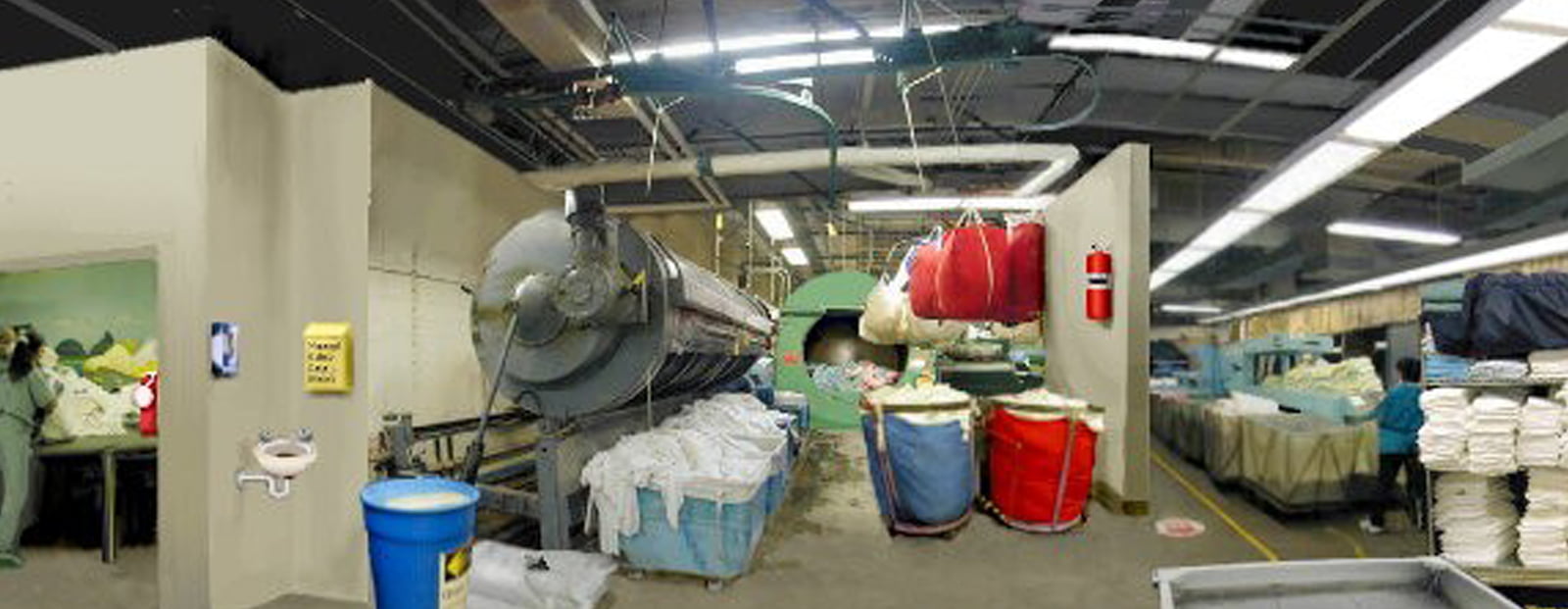DETAILED LINENS, UNIFORMS CLEANING PROTOCOL ESSENTIAL TO INFECTION CONTROL
VIA Nano Safe Coatings Infection Control Blog
During our last consulting session at a hospital, we asked what measures were being taken in the laundry process to prevent the spread of healthcare-associated infections. The VP for facilities said the CDC didn’t see laundry items as vehicles that contribute to the spread of infection. They were concerned about the contamination of hard surfaces, and had procedures in place to deal with those surfaces. But soft and porous surfaces – linens, uniforms, bedding, curtains – were not being addressed in any detailed fashion. He said his hospital was following CDC guidelines. Laundry simply wasn’t on the list of potential concerns as it relates to the spread of infection. More than just a little evidence exists, however, that suggests that thought process might be flawed.
Consider:
The 2015 International Conference of Infectious Diseases held recently in Atlanta presented a session – Role of Personal Clothing in Transmission of Respiratory Infection within the Neonatal Intensive Care Unit (NICU) – that examined Respiratory Syncytial Virus(RSV) during peak season in a neonatal unit. It concluded that “although detection of RSV was infrequent, the intimate contact between preterm neonates and visitors means personal clothing may play a role in RSV transmission within the NICU.”
The Hong Kong Free Press reported that a total of 14 hospitals and one clinic in Hong Kong have had to recall bed sheets and patients’ clothes after the death of two people at Queen Mary Hospital was linked to a fungus found in linen samples from a laundry supplier.
NOLA.com ran a piece that says five children died at Children’s Hospital in 2008 and 2009 after coming in contact with a deadly fungus transmitted to them through the linens they slept on, according to court records, interviews and a new report published by a pediatric medical journal. They included two newborns, a 13-year-old boy, a 10-year-old girl and an 11-year-old girl, according to the findings of a study led by a medical officer with the Centers for Disease Control and recently published by the Pediatric Infectious Disease Journal.
Why wouldn’t hospitals have all staff in antimicrobial uniforms? Plenty of companies make them.
Strict protocol with the handling of laundry can help immensely. Take a look at some of the procedures advocated by Healthcare Laundry Accreditation Council (HLAC), a non-profit organization formed for the purpose of inspecting and accrediting laundries processing healthcare textiles for hospitals, nursing homes, and other healthcare facilities. The detailed procedures HLAC outlines are complete and impressive. And doable.
